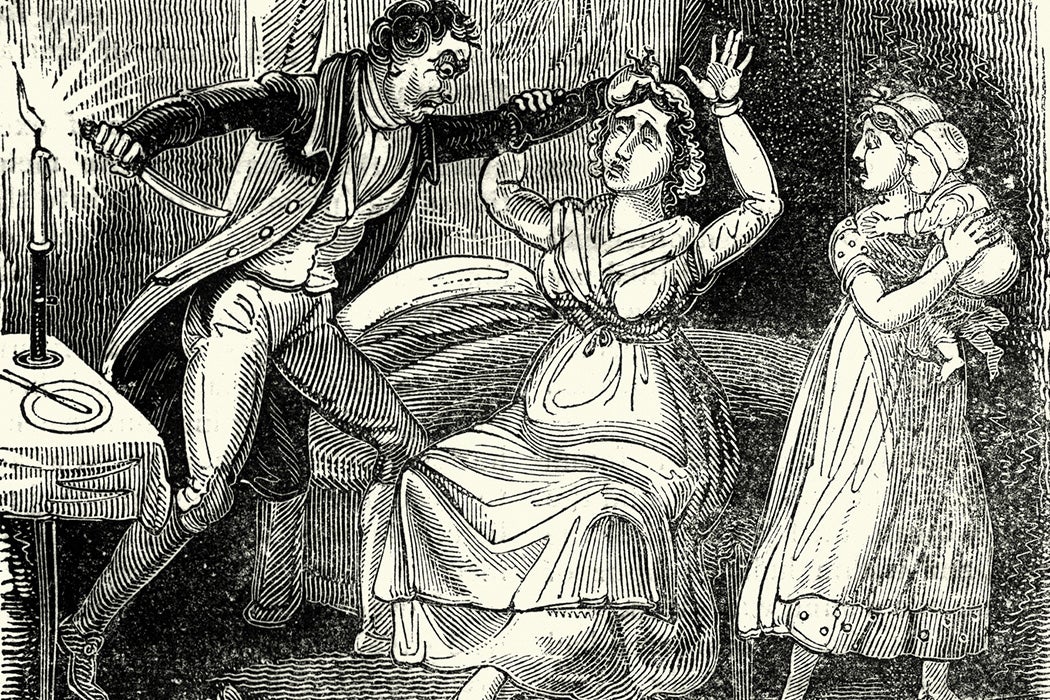In 2009, lawmakers in England and Wales changed the legal framework around spousal murder, explicitly rejecting the idea that sexual infidelity was so provoking that it mitigated a homicidal husband’s legal culpability. Echoing a popular sentiment, one member of parliament complained that the shift reflected a rejection of “thousands of years of human experience and history.”
But is there really such a long history of writing off a man’s killing of a straying wife as somewhat understandable? Historian K.J. Kesselring explores the history of the topic in Europe.
Kesselring finds that the record in antiquity is mixed. In certain periods, Roman, Germanic, and other societies did treat adultery as grounds for justifying or mitigating a husband’s murderous response. But in other times and places, this kind of vengeance had no place in the legal system.
In medieval Europe, Christian canon law might prescribe public penalties for adulterers but did not countenance private retribution. Studies of French court records from the period show that men who killed their wives after discovering an affair were frequently found guilty and executed. While there were cases when men received pardons by arguing that they acted out of righteous passion, these were unusual.
In England, meanwhile, when Anglo-Saxon courts let male victims of adultery off easily for murder, it was generally the murder of the other man rather than the wife. The rival’s act of “wife theft,” not the wife’s choice to cheat, was understood as the provoking insult. This continued into the seventeenth and eighteenth centuries as the idea of provocation became part of the legal distinction between murder and manslaughter.
Kesselring writes that it wasn’t until 1810 that England had its first clear case in which a husband’s killing of his wife was considered mitigated by her infidelity. Rather than being put to death, Richard Griffin was sentenced to a year in prison and a one-shilling fine for killing his wife, Anne. The judge said that he still would have been a murderer if he had killed her out of pure vengeance, but the infidelity was a legitimate provocation for killing her impulsively while they were fighting about her affair.
Weekly Newsletter
Over the next few decades, Kesselring writes, “the sense of the harm done to a cuckolded man became magnified and the balance of blame shifted from the male lover to the adulterous wife.” She argues that this is part of the changing view of gender and marriage in the early Victorian period, with women transforming in the public mind from sexually voracious to guardians of virtue. This made an adulterous wife a violator of gendered morality and a threat to her husband’s status.
Kesselring suggests that it was in the mid-nineteenth century that popular support for vengeful wife-killing peaked. In 1864, a man named George Hall was convicted for the premeditated murder of his straying wife, Sarah. Almost 70,000 people signed petitions requesting mercy for him, with supporters citing the “unwritten law” and “long tradition” supposedly considering such killings partially justified.
Support JSTOR Daily! Join our membership program on Patreon today.







